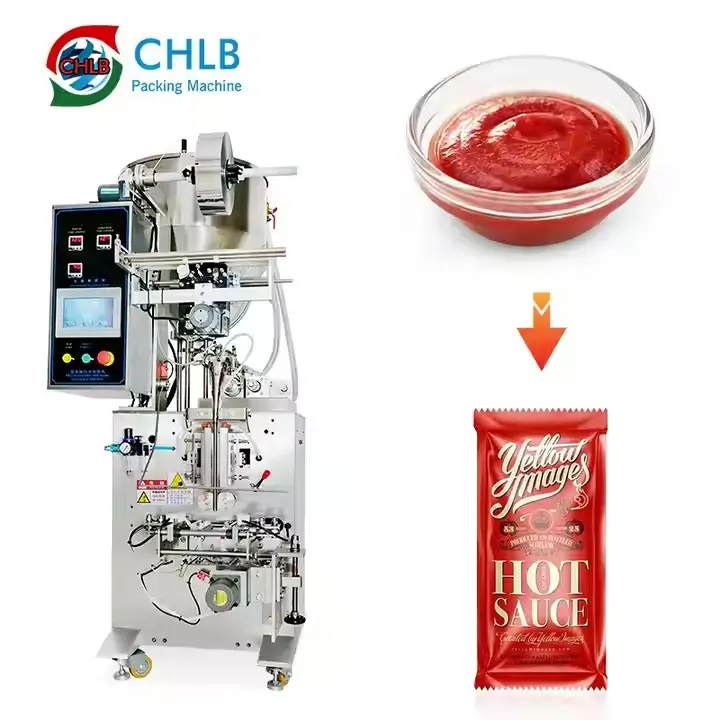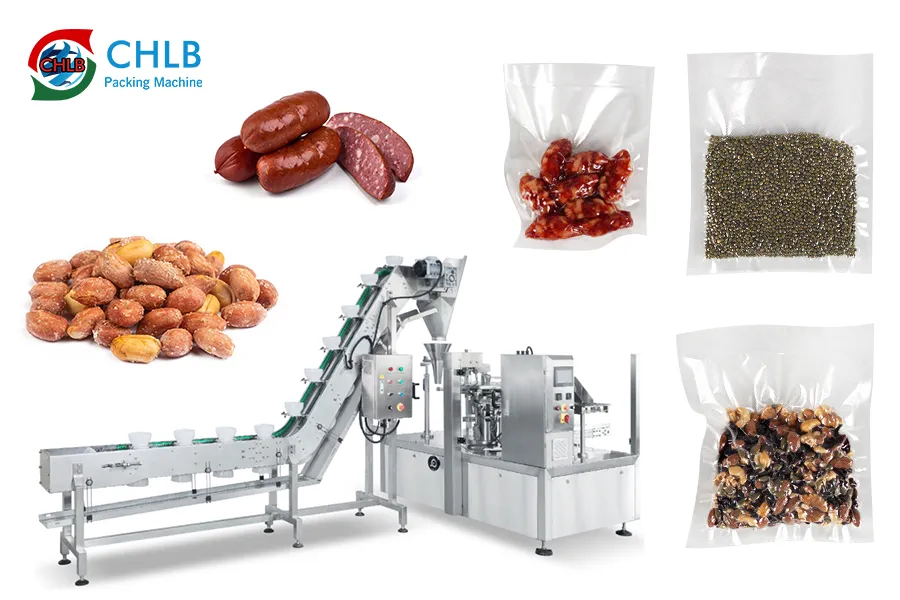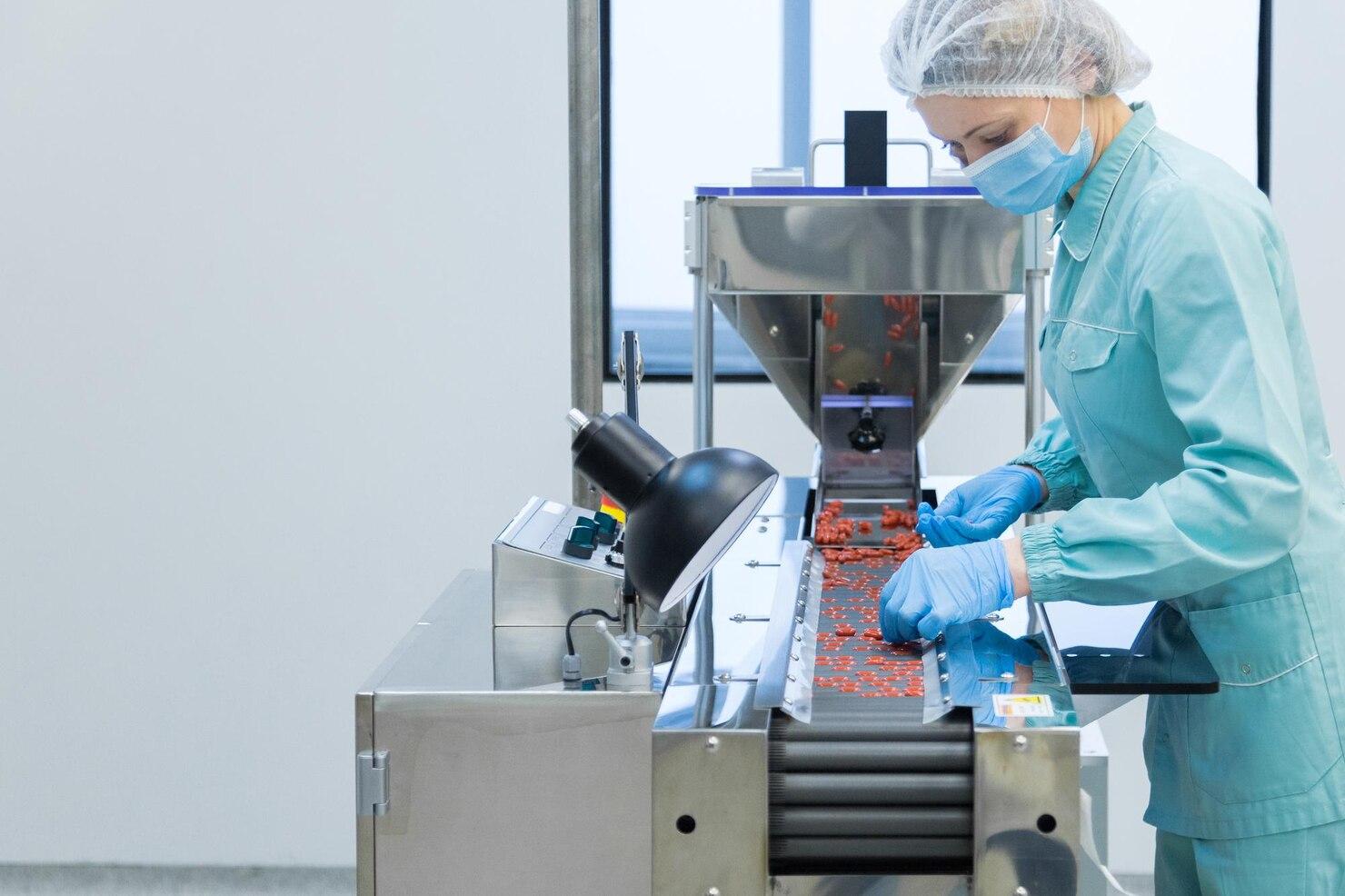Starting a frozen food business comes with its fair share of challenges, and packaging is one of the biggest hurdles for many startups. With so many options available—different materials, 크기, and costs—it’s easy to feel overwhelmed.
How do you choose packaging that keeps your food fresh, meets regulations, and doesn’t break the bank? Don’t worry, this guide is here to help!
We’ll walk you through the essentials of frozen food packaging, so you can make informed choices and set your business up for success. Ready to dive in? Let’s get started!
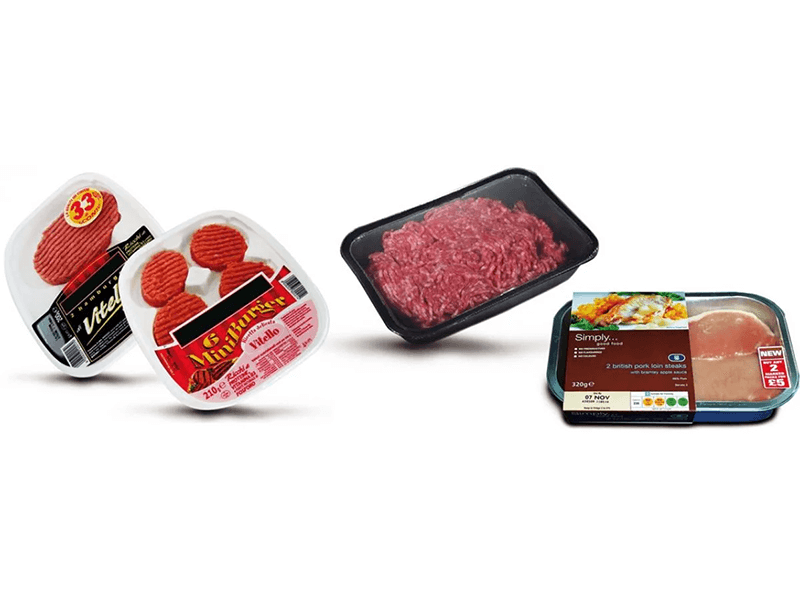
What is Frozen Food Packaging?
Frozen food packaging involves using specialized materials and methods to protect and preserve food at freezing temperatures. 예를 들어, materials such as plastic films, 알류미늄, and laminated layers are chosen for their ability to create a barrier against moisture, 공기, 그리고 오염물질. This type of packaging is essential for keeping food fresh, preventing spoilage, and extending its shelf life to achieve the final aim—preventing food loss.
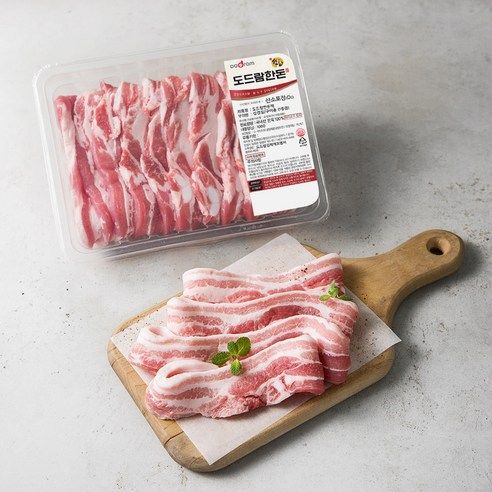
Why Packaging is Crucial for Frozen Foods?
According to a study by the American Frozen Food Institute, almost 40% of food in the U.S. goes to waste, with a large share of this loss being preventable through improved packaging solutions. Here are some features and benefits of frozen food packaging.
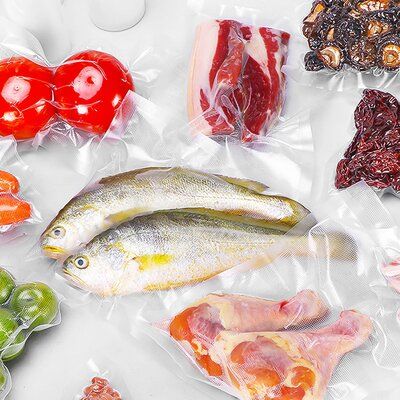
- Protection from spoilage and off coloring
Frozen food packaging maintains the food’s freshness and prevents discoloration, keeping it both appealing and safe to eat.
- Easy to fill, seal & store
These packages offer convenience for quick filling, 안전한 밀봉, and efficient storage, making them ideal for both home and commercial use.
- Moisture blocking and resistance
Effective moisture-blocking properties help avoid freezer burn and preserve the food’s texture and flavor.
- Made with safe, FDA-approved materials
Crafted from FDA-approved materials, these packages prioritize consumer health and product safety.
- Stands up to grease, oil and water
Resistant to grease, 기름, 그리고 물, these packages maintain food quality and keep the exterior clean.
- Doesn’t become brittle or crack in the freezer
The packaging remains durable and flexible in freezing temperatures, avoiding cracks or brittleness.
Selecting the Right Kinds of Packaging Materials for냉동 식품
Different materials offer unique benefits and drawbacks, so it’s important to understand how each one works. Let’s look at the detailed information!
1. Shrink Film
Shrink film is a widely-used packaging material for frozen foods across global food packaging lines due to its ability to preserve food quality. It is usually made from materials like polyethylene, polyolefin, or PVC, with polyolefin often considered the best choice for food applications.
When heated, shrink film tightly wraps around frozen products, sealing them securely. This creates a strong barrier against moisture, 공기, 그리고 오염물질, which is key to preventing freezer burn and keeping the food fresh.
2. Wax Cardboard
Wax-coated cardboard is a cost-effective, eco-friendly alternative to plastic-based packaging, for packaging frozen foods. The wax coating adds an extra layer of protection, making the cardboard more resistant to moisture, grease, and oil, when exposed to cold and wet conditions.
This packaging is durable and sturdy, making it ideal for frozen items like meats, 해산물, and produce. It’s also easy to handle and stack, which is convenient for storage and transport.
3. Glass
It is non-reactive, preserving the original flavor and freshness of food, without absorbing odors or chemicals, making it ideal for gourmet items like ice cream and specialty sauces. 그 동안에, glass is also eco-friendly, as it is reusable and fully recyclable.
하지만, it is heavier than plastic, which can increase shipping costs, and it can be sensitive to temperature changes. To mitigate these issues, pre-chill glass containers and seal them tightly. Despite these challenges, glass remains a popular choice for luxury packaging, conveying sophistication and appealing to eco-conscious consumers.
4. Aluminum
Commonly used in foil trays for frozen meals like lasagnas and pot pies, aluminum offers excellent barrier properties, blocking light, 수분, and oxygen to keep food fresh and prevent freezer burn.
Aluminum trays are durable and can handle both freezing and cooking temperatures. They often come with a cardboard or wax-coated cardboard lid with foil tabs to ensure a secure seal during shipping.
하지만, recycling aluminum trays can be challenging due to food residues, which complicate the cleaning process and may lead to some trays ending up in landfills despite their recyclability.
5. Flexible Bags
Made from food-safe plastics, foils, or composite materials, flexible bags effectively address the challenges of freezing while keeping your food in excellent condition.
Flexible bags excel in freshness preservation by protecting against moisture, 공기, and light, preventing freezer burn, and maintaining the original flavor and texture of the food. Clear flexible bags are commonly used for items like bread and biscuits, allowing visibility while ensuring secure packaging.
They are also cost-effective, being more affordable than rigid containers, which benefits both manufacturers and consumers.
6. Lidding Films
Made from FDA-approved, food-grade plastics, lidding films create a tight seal for various containers, including yogurt cups and frozen meal trays.
These films can be customized with vibrant, full-color graphics, helping your product stand out on the shelf. Many are clear, allowing visibility of the contents, which is a helpful feature for shoppers.
Beyond aesthetics, they’re ideal for packaging frozen fruits, 간식, 그리고 바로 먹을 수 있는 음식들, for protecting food from moisture and contaminants.
7. High Barrier Thermoforming Film
Made from advanced plastic resins, high-barrier thermoforming films are flexible enough to mold perfectly to various container shapes and sizes.
Also, these films are known for withstanding bumps and knocks during storage and transport to keep your food in top condition.
They also offer excellent protection against moisture, 산소, 그리고 UV 조명, so that your food preserve the taste, aroma, and quality
8. IQF Polyethylene
IQF, or “individually quick frozen,” is a fantastic method for freezing food quickly and efficiently. The process involves freezing each piece of food separately at super low temperatures—around 40 degrees below zero Fahrenheit. This speedy freezing helps keep the food’s cell structure intact, so it stays fresh and full of flavor.
후에 과일과 채소, etc., are frozen, it’s usually wrapped in polyethylene to keep it protected and then sent off to the frozen food section of your local supermarket.
9. Skin Film
Skin film is a specialized material designed to wrap frozen food products uniformly and seal them to a printed skin board or corrugated cardboard plate. It is particularly popular for packaging frozen seafood such as salmon and trout. 을 더한, skin films can be clear for visibility or printed with branding and product info.
Here’s how it works: you place the skin film over the product and then heat it. The heat makes the film shrink snugly around the item, creating a protective “skin” that fits the shape perfectly. This tight wrap keeps out contaminants, 수분, 그리고 공기. 그래서, your product stays in top condition.
Packaging Solutions for Different Types of Frozen Foods
Selecting the appropriate packaging for frozen foods is crucial to maintaining freshness, flavor, 그리고 편리함. Here’s a guide to the best packaging options for different types of frozen foods:
Packaging for Meats and Seafood
For meats and seafood, the focus is on preventing freezer burn and preserving freshness. Vacuum-sealed bags 그리고 high barrier thermoforming films are excellent choices, as they create a tight seal that keeps out moisture and air. Skin film is also effective, offering an additional layer of protection and an appealing appearance on store shelves.
Packaging for Fruits and Vegetables
To maintain the texture and nutrients of fruits and vegetables, high-barrier flexible pouches 또는 스탠드업 파우치 are ideal. These pouches protect against moisture and air while being convenient to store and use. Clear bags are great for showcasing the vibrant colors of your frozen produce.
Packaging for Ready-to-Eat Meals
Ready-to-eat meals benefit from packaging that’s both practical and effective. Microwaveable trays with airtight seals or heat-sealed pouches are perfect, allowing for convenient heating directly in the package, to saving time.
Packaging for Baked Goods and Desserts
For frozen baked goods and desserts, choose packaging that keeps items fresh and visually appealing. Clear or printed flexible bags 그리고 high barrier films work well, protecting against moisture while allowing visibility. Resealable options are also useful for maintaining freshness after opening.
How to Ship Frozen Food Effectively?
Common Challenges of Shipping Frozen Foods
Shipping frozen foods involves several challenges, but addressing them effectively can ensure product quality. Here are some challenges you should overcome!
1. Temperature Fluctuations
Extreme weather can affect your frozen products during transit. To manage this, use high-quality insulation and temperature-controlled shipping options.
2. Humidity Concerns
Humidity can lead to moisture buildup, which might affect your food. To prevent this, use moisture-resistant packaging and cooling agents like dry ice or gel packs.
3. Spoilage Risks
Spoilage often happens when food isn’t packed properly. To avoid this, use well-insulated boxes that provide excellent thermal protection. It’s never to late to monitor the temperature, and using reliable tracking before spoilage happens.
Best Practices of Packaging Frozen Food for Shipping
Starting a frozen food business is an exciting adventure, but navigating packaging can sometimes feel overwhelming. To help your products arrive in perfect condition, follow these best practices
1.Choose the Right Shipping Boxes and Containers
Start with high-quality insulated packaging, such as boxes with thick walls or foam liners, which helps maintain the proper temperature throughout transit.
추가적으로, use leak-proof containers to prevent any mess and protect your product from contamination.
게다가, pick boxes that fit your frozen food snugly; excess empty space can lead to shifting and temperature changes.
2.Don’t Cut Corners on Packaging
Although it might be tempting to cut costs, investing in the right packaging materials is essential. Please opt for sufficient insulation like foam inserts, bubble wrap, or thermal liners to keep the food cold.
Also, include enough ice packs or dry ice based on the length of your shipment to maintain a frozen state.
And then, remember to seal the package securely with strong, high-quality tape to keep the temperature stable and prevent air from entering.
3.Keep Everything Refrigerated
Properly refrigerating your frozen food before shipping can make a big difference. If possible, pre-chill the shipping containers before placing the food inside; this step helps maintain a low temperature.
그래서, all food items are fully frozen before packaging to help them stay that way during transit.
추가적으로, monitor the cold chain throughout shipping with temperature indicators to confirm that everything stays at the right temperature.
4.Consider Shipping Insurance
Shipping frozen foods involves risks such as delays or mishandling. To protect your investment, consider purchasing shipping insurance.
This coverage helps with any losses if the food arrives damaged or spoiled. Be aware of what the insurance policy covers and understand the claims process to prepare for any unexpected issues.
Essential Elements in Frozen Food Packaging for Business
Frozen food packaging plays a crucial role in preserving quality and ensuring the product reaches customers in prime condition. To achieve this, several key elements should be considered:
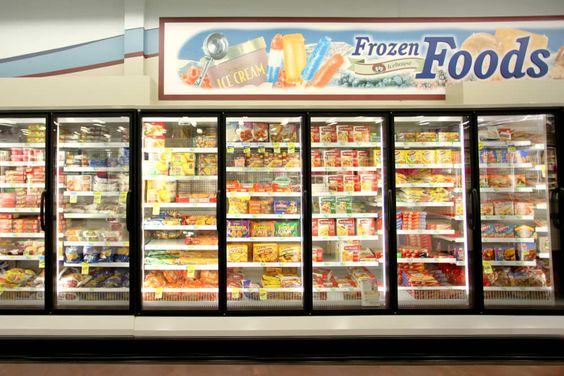
1.Moisture Resistance
One of the top priorities in frozen food packaging is moisture resistance. Packaging must prevent moisture from entering, which can lead to freezer burn and compromise the product’s quality. Choosing moisture-proof materials helps maintain freshness and texture during freezing and thawing.
2.Packaging Material Size
Properly sized packaging is essential for frozen foods. Packaging that is too large can lead to excess air and space, resulting in temperature fluctuations. 반면에, undersized packaging can cause damage to the product. Striking the right balance helps preserve food quality and ensures the packaging is easy to store.
3.Packaging Cost and Quality
Balancing cost with quality is vital in any business, especially for startups. While it’s important to keep costs in check, skimping on packaging quality can lead to damaged products or compromised freshness. Invest in materials that protect your product effectively while still being cost-efficient.
4.FDA Compliance
To sell frozen food, businesses must meet FDA regulations for food packaging. Packaging must be safe for food contact and free of harmful chemicals. Staying compliant with these standards is crucial for avoiding legal issues and ensuring consumer safety.
5.Low-Temperature Resilience
Frozen food packaging must be able to withstand low temperatures without cracking, breaking, or becoming brittle. Materials should maintain their structural integrity even in sub-zero conditions, providing protection throughout the entire storage and shipping process.
6.Branded Labeling
Branded labeling not only helps your frozen food stand out on the shelf but also communicates essential information like ingredients, storage instructions, and expiration dates. Well-designed labels give your brand a professional look while complying with food labeling laws.
7.High-Quality Food Packaging Machine
A reliable food packaging machine is an essential investment for any frozen food business. Machines that provide consistent sealing and packaging help maintain the integrity of the product. High-quality machines also improve efficiency, reducing production time and lowering costs over the long run.
결론
In a nutshell, starting a frozen food business comes with many challenges, but when it comes to packaging, you don’t have to go it alone. Choosing the right materials and methods is key to protecting your products so that they shine on the shelves.
If you’re ready to take the next step and package your frozen foods with ease, Chlbpack is here to help. With our expertise and top-notch solutions, you can feel confident knowing your products are in good hands. Reach out to us today, and let’s make your packaging journey a breeze!

